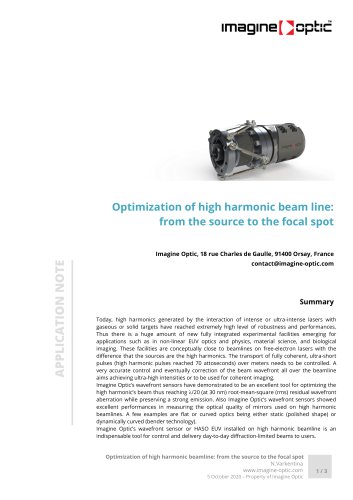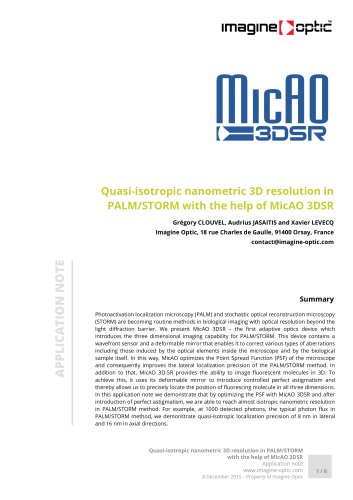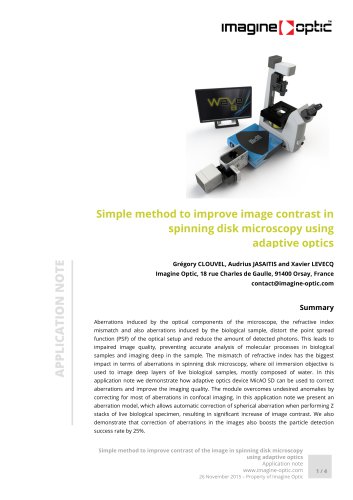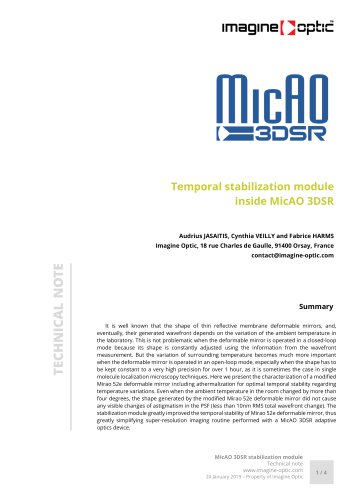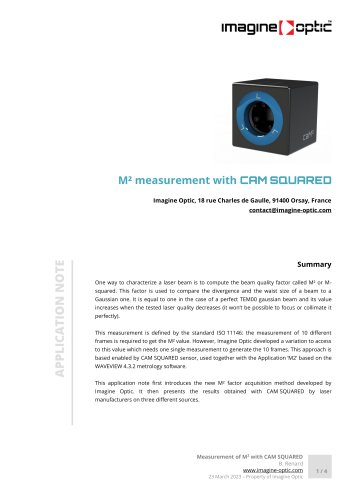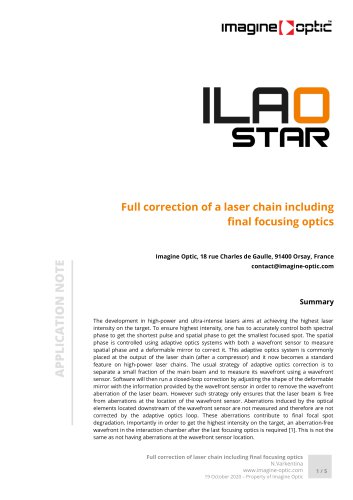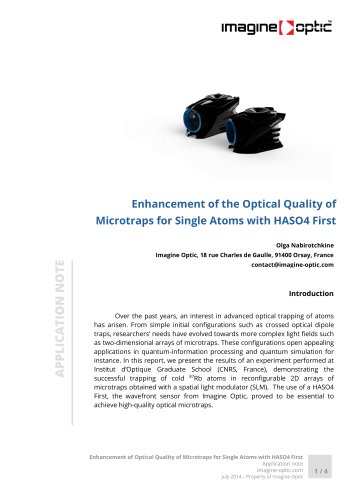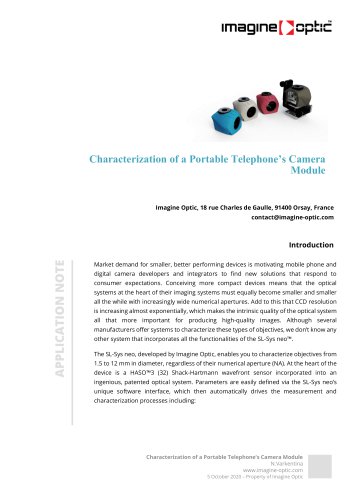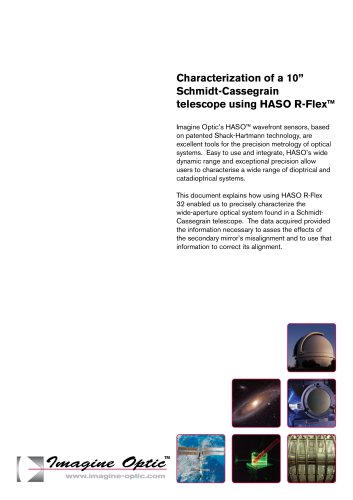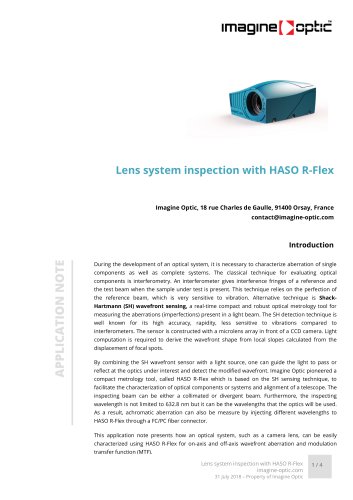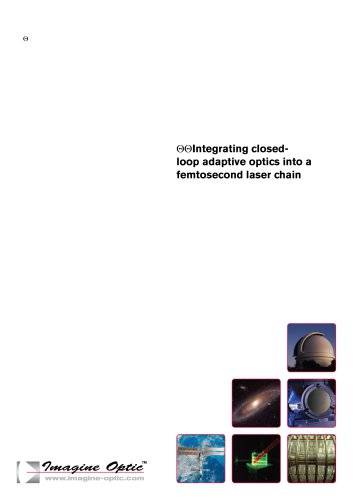
Optimization of high harmonic beam line: from the source to the focal spot - X-EUV optical metrology Application Notes
1 /
3Pages
Catalog excerpts

Optimization of high harmonic beam line: from the source to the focal spot Imagine Optic, 18 rue Charles de Gaulle, 91400 Orsay, France contact@imagine-optic.com Summary Today, high harmonics generated by the interaction of intense or ultra-intense lasers with gaseous or solid targets have reached extremely high level of robustness and performances. Thus there is a huge amount of new fully integrated experimental facilities emerging for applications such as in non-linear EUV optics and physics, material science, and biological imaging. These facilities are conceptually close to beamlines on free-electron lasers with the difference that the sources are the high harmonics. The transport of fully coherent, ultra-short pulses (high harmonic pulses reached 70 attoseconds) over meters needs to be controlled. A very accurate control and eventually correction of the beam wavefront all over the beamline aims achieving ultra-high intensities or to be used for coherent imaging. Imagine Optic’s wavefront sensors have demonstrated to be an excellent tool for optimizing the high harmonic’s beam thus reaching /20 (at 30 nm) root-mean-square (rms) residual wavefront aberration while preserving a strong emission. Also Imagine Optic’s wavefront sensors showed excellent performances in measuring the optical quality of mirrors used on high harmonic beamlines. A few examples are flat or curved optics being either static (polished shape) or dynamically curved (bender technology). Imagine Optic’s wavefront sensor or HASO EUV installed on high harmonic beamline is an indispensable tool for control and delivery day-to-day diffraction-limited beams to users. Optimization of high harmonic beamline: from the source to the focal spot N.Varkentina www.imagine-optic.com 5 October 2020 – Property of Imagine O
Open the catalog to page 1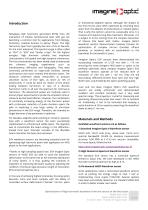
Introduction Nowadays high harmonics generated (HHG) from the interaction of intense, femtosecond laser with gas are becoming a common tool for applications from Biology, Chemistry, material Science, to atomic Physic. The high harmonics span from typically few tens of eV to few keV, for the most advanced. This spectral range is often called as “XUV” or “EUV” and “tender x-rays”, for the highest energies. High harmonic exhibits two important characteristics: full spatial and high temporal coherences. The first characteristic has been widely used to downscale the coherent imaging experiments...
Open the catalog to page 2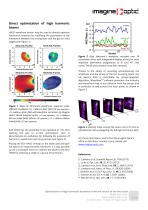
Direct optimization of high harmonic beams HASO wavefront sensor may be used to directly optimize harmonic’s emission by modifying the parameters of the interaction between the driving laser and the gas (or solid target) (see Figure 1). Figure 2 High Harmonic’s wavefront recorded over 30 consecutive shots, with independent display of the first most important aberrations (astigmatism at 0° and 45° and coma). The tilt and curvature have been removed. Thanks to the ability of recording simultaneously the amplitude and the phase of the full incoming beam, the full electric field is recordable....
Open the catalog to page 3All Imagine Optic catalogs and technical brochures
-
WAVE Suite
3 Pages
Archived catalogs
-
Microtraps
4 Pages
-
AO inside laser chain
5 Pages
-
AO in femtosecond laser
5 Pages
-
Large deformable mirror ILAO
6 Pages
-
NIR optics characterization
6 Pages
-
Telescope characterization
3 Pages
-
absolute measurement
4 Pages
-
HASO R.FLEX
4 Pages
-
HASO3
2 Pages
-
bendAO?
3 Pages
-
HASO?3 WSR Wavefront Sensors
2 Pages
-
HASO R-Flex
3 Pages
-
SL-Sys LIQUID
2 Pages
-
SL-Sys neo
2 Pages
-
HASO™3 Wavefront Sensors
3 Pages

